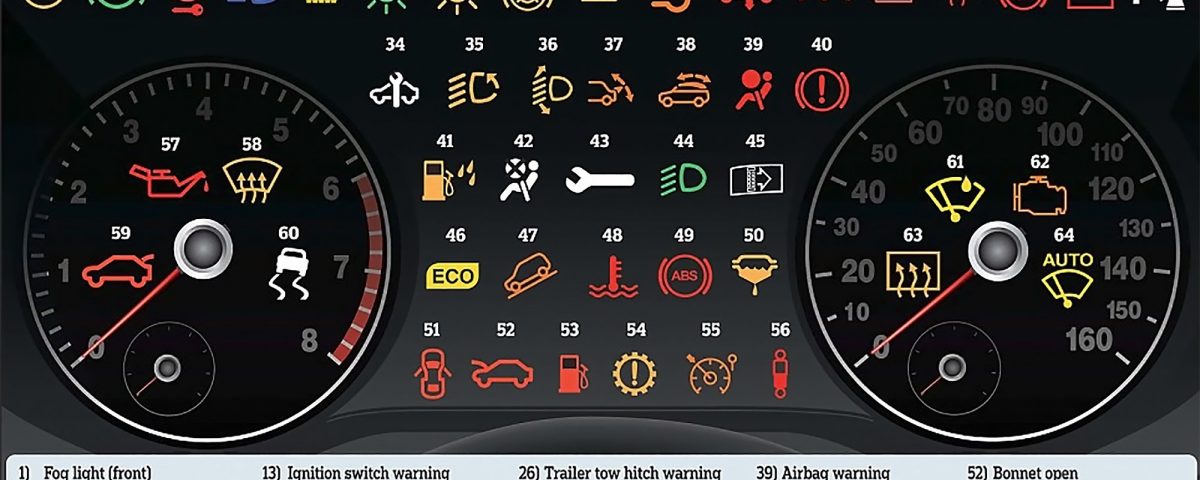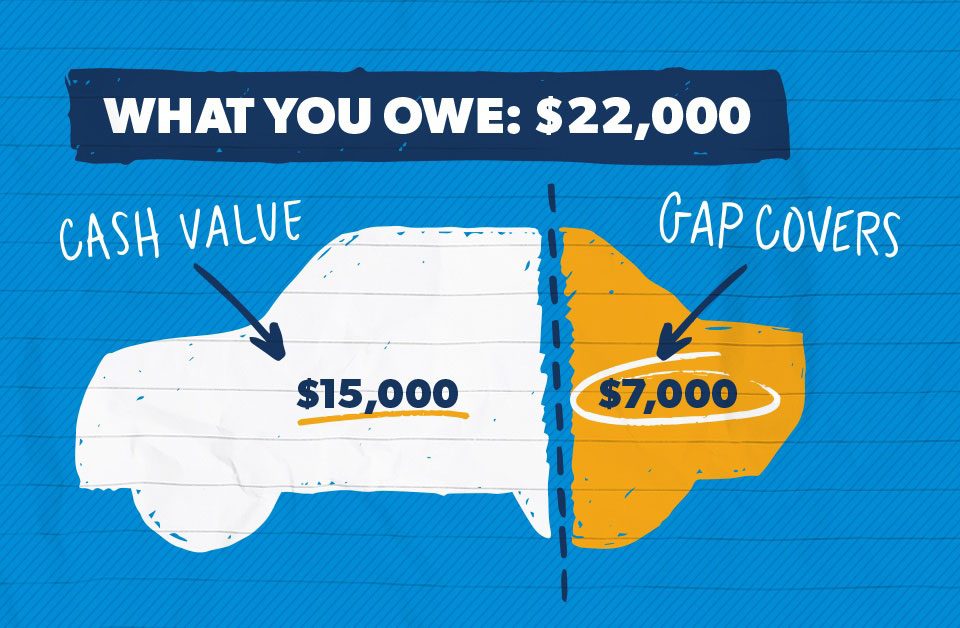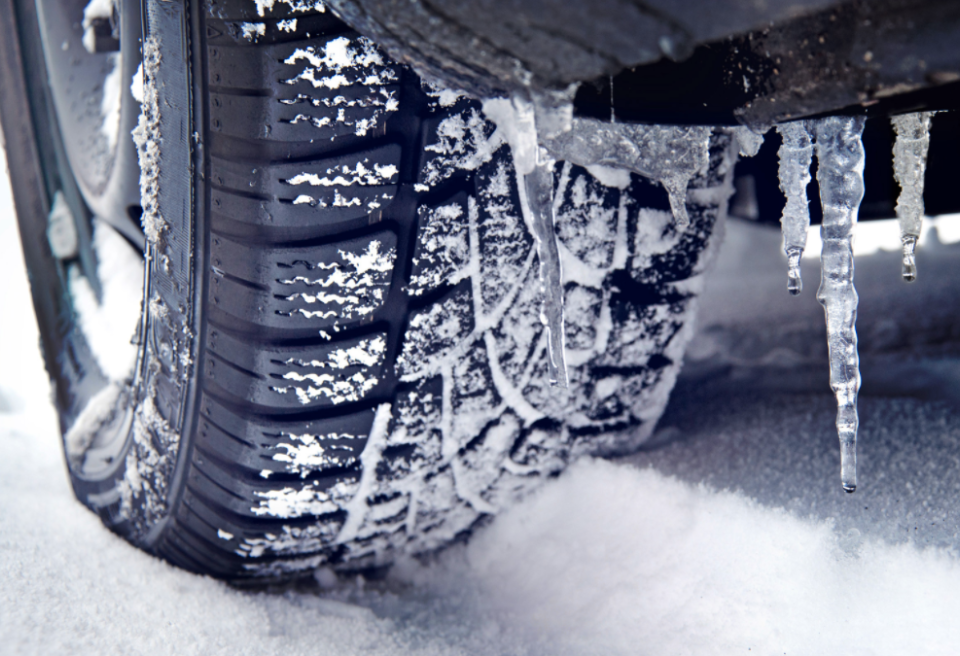How to read vehicle Warning Light Indicators

2021 Ford Ranger Mobile Auto Canada Overview
03/22/2021
2021 Buick Envision Mobile Auto Canada Overview
03/23/2021Most modern vehicles will notify you via warning lights whenever there is an issue that requires immediate attention. However, those warning lights will be useless if you can’t interpret what they mean to choose the appropriate course of action.
Here are some important warning light indicators :
- Check Engine light – Otherwise known as the malfunction indicator lamp, it will tell you whenever the sensors in your engine detect a problem that ought to be fixed. Usually, it doesn’t specify the exact issue but you can consult a mechanic or use OBD2 scanner to find out the root cause of the problem.

- Brake Warning light- If the brake warning light indicator automatically turns on, it could mean your brake fluid level is low or the brake pads are worn out. The brake warning light can also activate when you’ve engaged the parking brakes. But just to be sure, you can refer to the owner’s manual.
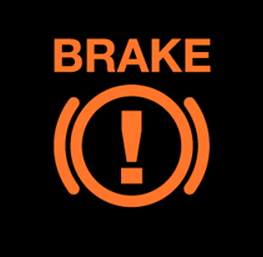
- Coolant Warning light- Don’t wait for a whistle! In case you see the coolant warning light, you should pull over immediately, open the hood and wait for the vehicle to cool down. The coolant light tells you that the engine’s internal temperature is beyond the limit and if you keep driving you may damage it. Don’t forget: never open the radiator cap when the engine is hot!

- ABS Warning light – Just like the brake warning light, if the ABS warning light flashes, it’s a sign that there could be a problem with the anti-lock braking system. In other words, it could be harder for you to suddenly stop your vehicle in an emergency situation. Otherwise, if both your ABS and brake warning lights are on, you shouldn’t risk driving your vehicle until the problem is fixed.
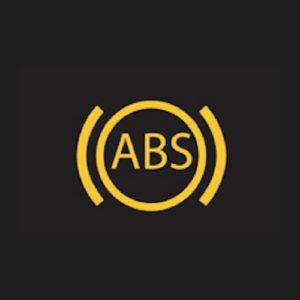
- Oil Warning light – Once the oil in your engine is lower than recommended, the oil warning light will engage. It could also be a symptom of a bigger problem like oil filter blockage or oil pump malfunction. Mind you, driving your car when the warning light is on can completely wreak havoc to the engine.


